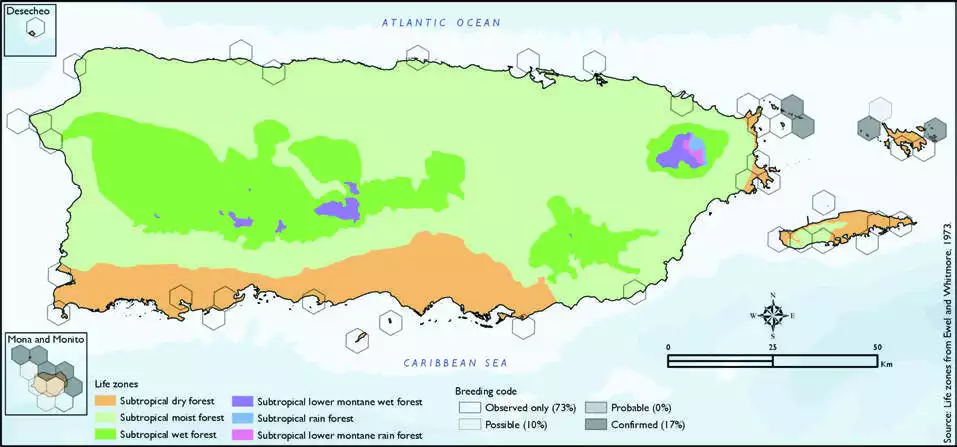Brown Booby
Description
The brown booby (Sula leucogaster) is a large seabird of the booby family, Sulidae, of which it is perhaps the most common and widespread species. It has a pantropical range, which overlaps with that of other booby species. The gregarious brown booby commutes and forages at low height over inshore waters. Flocks plunge-dive to take small fish, especially when these are driven near the surface by their predators. They only nest on the ground, and roost on solid objects rather than the water surface.
The booby's head and upper body (back) is covered in dark brown to black plumage, with the remainder (belly) being a contrasting white. The bare part colours vary geographically, but not seasonally. The species also displays sexual dimorphism of the bare part colours, the males having a blue orbital ring, as opposed to the yellow orbital ring of the female. In addition the male of subspecies S. l. brewsteri is distinctly plumaged in having the forehead, forecrown and chin white, merging to a greyish brown neck and breast.
Distribution & Habitat
The Brown Booby occurs through the tropical and
subtropical oceans of the world
(Raffaele and others 1998). It is a
fairly common resident in Puerto
Rico (Raffaele and others 1998),
especially in the far eastern and
western coasts (Oberle 2018),
and a fairly common non-
breeding resident on Vieques
from December to May but
uncommon to rare at other times
of the year (Gemmill 2015). This
seabird is generally seen in rocky
cays, on islets, and out at sea. It
has a large breeding colony on
Mona (Raffaele 1989a), although
the largest colonies are currently
found in La Cordillera Natural Reserve between Fajardo and
Culebra (Oberle 2018), while
the large colony on Desecheo
was eliminated shortly after the
introduction of rhesus monkeys
(Macaca mulatta) (Oberle 2018).
The atlas fieldwork yielded a
total of 93 records within 52
hexagons or 11 percent of the
479 total hexagons (see map).
Of the 52 hexagons where this
species was found, breeding met
the atlas definition of confirmed
in 17 percent (9) of the hexagons
and possible in 10 percent (5),
while the species was observed
in 73 percent (38) of the
hexagons but without evidence
of breeding (see map). Brown Booby distribution. The map shows the highest breeding code by hexagon and overlaying the ecological life zones in
Puerto Rico. Note: percentages may not total 100 due to rounding. 139Brown Booby/Boba Parda

Breeding Habits
This species usually nests on the ground on remote islands
or inaccessible sea cliffs,
and breeding season peaks
from March to June and from
September to October, according
to previously published reports
(Raffaele and others 1998). Atlas
results show that the Brown
Boobys breeding activity peaks
in July (see chart). Results show
that the Brown Booby breeds
within the subtropical dry forest
life zone (100 percent of the
hexagons) in associated islands
and cays around Puerto Rico
including Culebra, Mona and Monito, Desecheo, and Arrecifes
de La Cordillera (see table
and map).
Conservation
The Brown Booby is listed as a species of least concern by
the IUCN (BirdLife International
2018), while locally this species
is not listed in any of the
threatened categories used by
PRDNER and USFWS. In Puerto
Rico, the Brown Booby has a
protected habitat in land of 17
percent or 57 km2 of the total area covered by the hexagons
where evidence of breeding was
found for this species (336 km2).
Related Species
Family:
booby